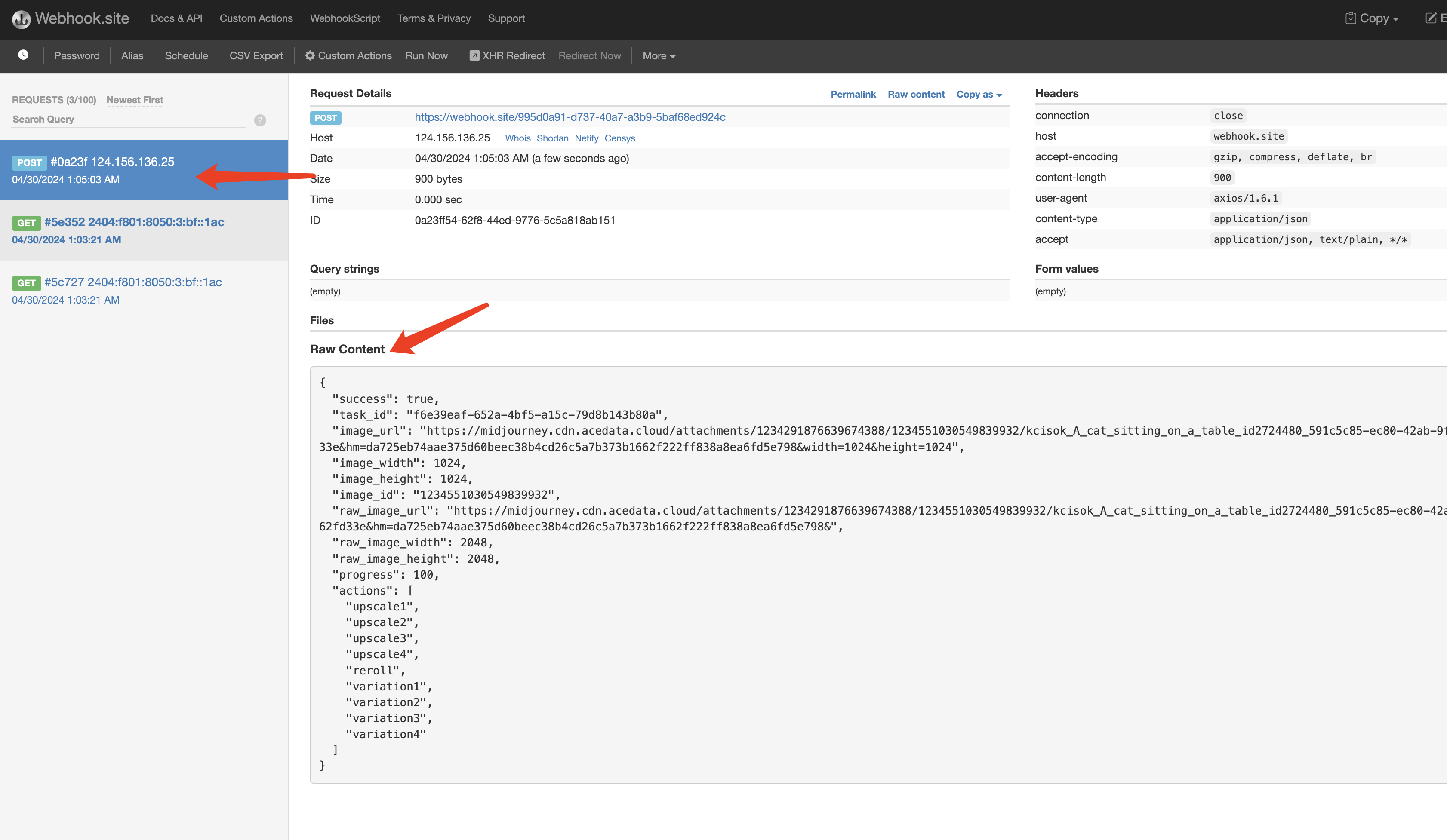文章目录
- 简述
- 代码
- 词元化
- 词典构造
- 时序数据生成
- data.TensorDataset生成
简述
中文词元化、删除非中文字符、构建索引词典,以便于为训练提供向量化数据。
待处理文本,以朱自清的《背影》为例,图中是给句子手动换行了,不换也是没问题的。

代码
词元化
# 词元化,删除标点符号, 仍保持行关系
def tokenize_lines(txt_path, encoding='utf=8'):
with open(txt_path, 'r', encoding=encoding) as f:
lines = f.readlines()
# 删除中文符号 这里枚举不完善
chars_to_remove = (r'[,。?;、:“”:!~()『』「」\\【】\"\[\]➕〈〉//<>()‰\%《》\*\?\-\.…·○01234567890123456789•\n\t abcdefghijklmnopqrstuvwxyzABCDEFGHIJKLMNOPQRSTUVWXYZ—\*\x0c!#\$%&\'+,:\=@\^_]')
return [re.sub(chars_to_remove, '', line).strip() for line in lines]
词典构造
这里要注意:
对于同一个语料库,应保证每次加载得到的 word_to_idx_dict、idx_to_word_dict是一样的,这里还添加了0来表示未知词。
# 构建词表 word_to_id, id_to_wordclass Vocab:
def __init__(self, tokens, multi_line: bool):
self.tokens = tokens
# 如果是多行的词元 将二维句子展开到一行
if multi_line:
word_list = [ch for line in tokens for ch in line]
else:
word_list = tokens
# 创建字典添加0 代表未知词
self.word_to_idx_dict = {'0': 0}
self.idx_to_word_dict = {0: '0'}
for word in word_list:
if word not in self.word_to_idx_dict:
word_id = len(self.word_to_idx_dict)
self.word_to_idx_dict[word] = word_id
self.idx_to_word_dict[word_id] = word
def __len__(self):
return len(self.idx_to_word_dict)
def word2idx(self, word):
return self.word_to_idx_dict.get(word, 0)
def idx2word(self, idx):
return self.idx_to_word_dict.get(idx, '0')
def save_dict(self, dir_path):
with open(dir_path + './idx_to_word_dict.json', 'w', encoding='utf-8') as f:
JSON.dump(self.idx_to_word_dict, f, ensure_ascii=False, indent=4)
with open(dir_path + './word_to_idx_dict.json', 'w', encoding='utf-8') as f:
JSON.dump(self.word_to_idx_dict, f, ensure_ascii=False, indent=4)
另外实现了save_dict(self, dir_path)函数用于保存字典到本地json文件中。

时序数据生成
使用rnn学习时,需要构建时序数据。
# time_size即序列长度
def create_random_sequential(corpus, time_size=4):
xs_tmp = corpus[:-1]
ys_tmp = corpus[1:]
line_num = len(xs_tmp) // time_size
xs = np.zeros((line_num, time_size), dtype=np.int32)
ys = np.zeros((line_num, time_size), dtype=np.int32)
for i in range(line_num):
xs[i] = xs_tmp[i * time_size: (i + 1) * time_size]
ys[i] = ys_tmp[i * time_size: (i + 1) * time_size]
return xs, ys
data.TensorDataset生成
def make_dataset(corpus, time_size):
xs, ys = create_random_sequential(corpus, time_size)
xs = torch.tensor(xs)
ys = torch.tensor(ys)
return data.TensorDataset(xs, ys)



















